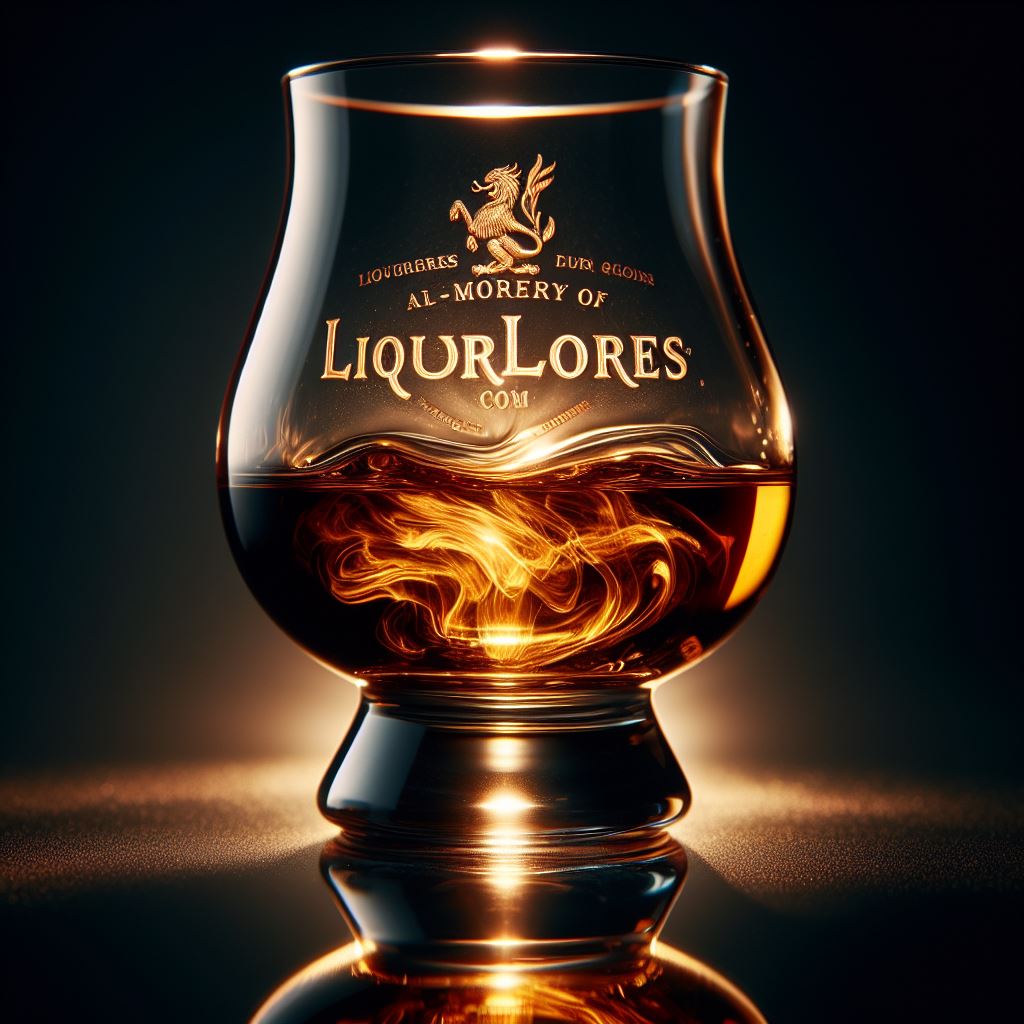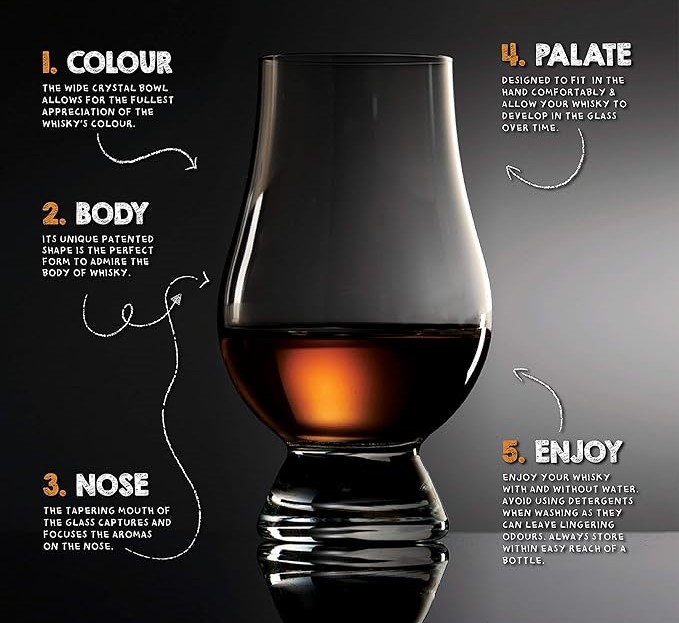
Table of Contents
The Making of Scotch Whisky
The process of making Scotch whisky is an art form that requires skill, patience, and a deep respect for tradition. It involves several key stages:
Malting
Barley is soaked in water, then spread out to germinate. This process converts the starches into fermentable sugars.
Mashing
The germinated barley, now called malt, is ground into a coarse powder known as grist, which is then mixed with hot water in a mash tun. This process extracts the sugars, creating a liquid called wort.
Fermentation
The wort is transferred to washbacks, where yeast is added. The yeast ferments the sugars in the wort into alcohol, resulting in a liquid called wash, with a low alcohol content.
Distillation
The wash is distilled twice in copper pot stills, concentrating the alcohol and refining the spirit’s flavor profile. The shape of the still and the distillation process are crucial in defining the character of the whisky.
Aging
The distilled spirit is then aged in oak barrels. Scotch whisky must be aged for a minimum of three years, but many distilleries age their whisky for much longer to develop deeper flavors.
Types of Scotch Whisky
Scotch whisky is categorized into several types, each offering a unique taste and experience:
Single Malt Scotch Whisky
Made from malted barley in one distillery using pot stills. It is renowned for its complexity and depth of flavor.
Single Grain Scotch Whisky
Produced at a single distillery but may include other grains in addition to barley. It tends to be lighter and more delicate.
Blended Malt Scotch Whisky
A blend of single malt whiskies from different distilleries.
Blended Grain Scotch Whisky
A blend of single grain whiskies from different distilleries.
Blended Scotch Whisky
The most common type, blending both single malt and single grain whiskies. It offers a balance of flavors, making it incredibly versatile.
Regions and Terroir
Scotland is divided into several whisky-producing regions, each with its own distinct characteristics and flavor profiles, shaped by the local terroir. The main regions include:
Speyside
Known for its sweet, fruity malts.
Highlands
Offers a diverse range of flavors, from peaty and smoky to light and floral.
Islay
Famous for its strong, peaty whiskies with maritime notes.
Lowlands
Produces lighter, more delicate whiskies.
Campbeltown
Known for its dry, slightly salty whiskies.
Know more about single malt whisky producing regions, what they produce and how are they named, read it here Scotland’s Whisky Regions: A Connoisseur’s Guide (liquorlores.com)
The Ideal Glass
The Glencairn glass, with its wide bowl and tapered mouth, is specifically designed to enhance the single malt tasting experience. Its shape helps concentrate the aromas, offering a richer olfactory experience.
If you don’t have a Glencairn glass (buy it here on Amazon), or, any whisky drinking glass will do.
Regulations and Labeling
Scotch whisky is protected by strict regulations that ensure its quality and authenticity. It must be produced, aged, and bottled in Scotland. The label on a bottle of Scotch provides valuable information about its type, region, age, and distillery, guiding consumers in their selection.
Conclusion
Scotch whisky is more than a drink; it’s a celebration of Scottish heritage and craftsmanship. Whether you prefer the peaty intensity of an Islay single malt or the smooth blend of a Lowland Scotch, this storied spirit offers something for every palate. As you explore the world of Scotch whisky, you embark on a journey through the history, culture, and flavors that have captivated enthusiasts for centuries.
How useful was this post?
Click on a star to rate it!
Average rating 0 / 5. Vote count: 0
No votes so far! Be the first to rate this post.


